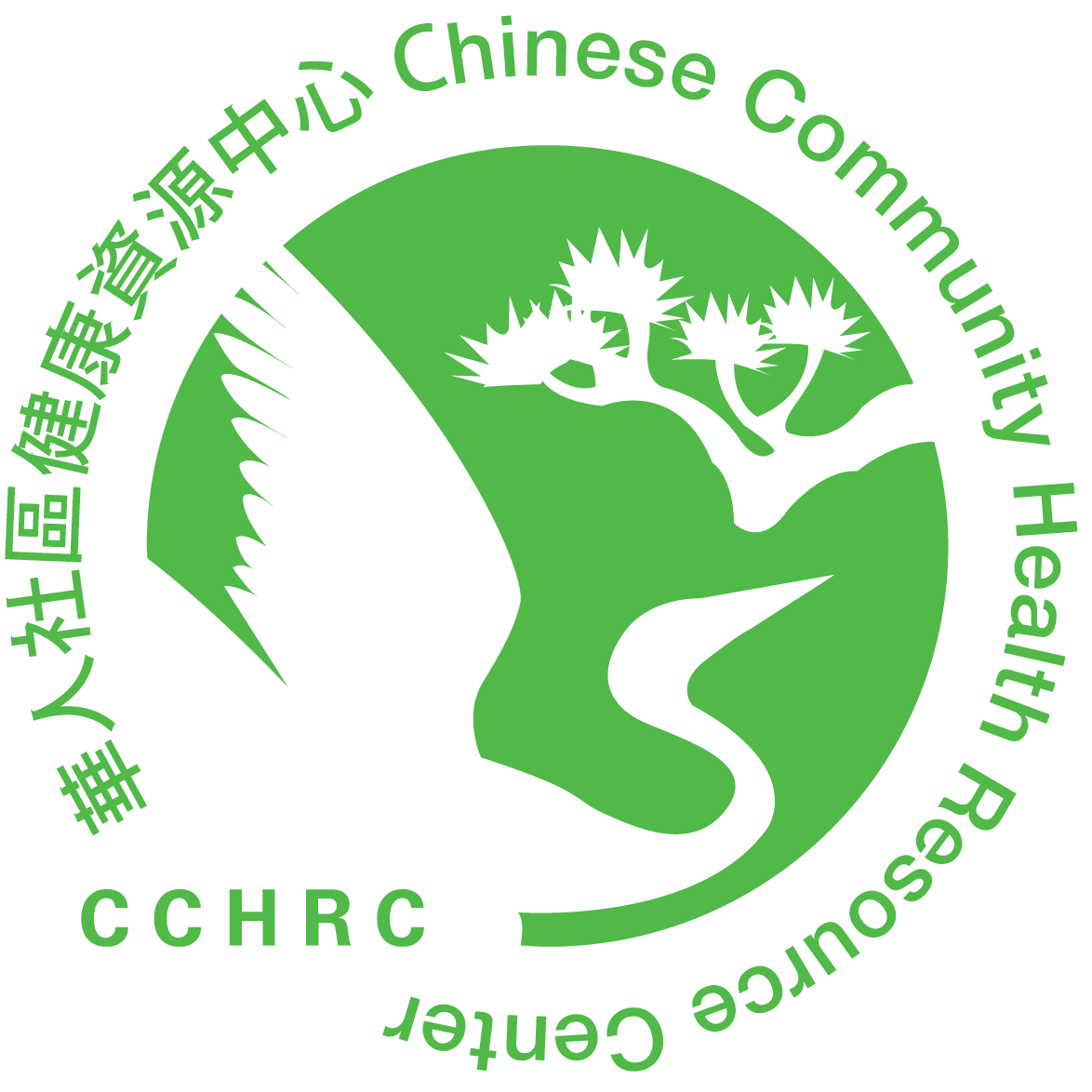Most people only grow two sets of teeth in a lifetime, temporary baby teeth and permanent adult teeth. Permanent teeth begin to grow at age six, and this final set of teeth is intended to stay for a long time. It is important to protect this set of permanent teeth for overall health and quality of life. This helps to decrease the chances of oral diseases and tooth decay, and also improve your ability to bite, chew, speak, and smile.
COMMON ORAL HEALTH PROBLEMS
Halitosis (Bad Breath)
Bad breath is an unpleasant odor of the mouth. The mouth has a warm and moist environment which makes it ideal for bacteria to live in. The buildup of bacteria, particularly between the teeth and on the back of the tongue, produces the odor. Other causes of bad breath are cavities, gum disease, dry mouth, smoking, eating certain foods, and poor dental hygiene.
Tooth Decay (Cavities)
Tooth decay is the development of tiny holes as a result of permanent damage to the hard surface of teeth. Bacteria in the mouth contribute to the formation of plaque on teeth. The acids in plaque damage the surface of teeth by removing minerals on the outer hard layer called the enamel. Without a filling, the decay will continue and destroy the inner layers of the teeth and eventually reach the nerves which will cause pain and sensitivity.
Periodontal (Gum) Disease
Plaque that is not removed will harden and form tartar, and this can be harmful as time goes by. Gingivitis or inflammation of the gums, causes gums to be red, swollen, and bleed easily. Untreated gingivitis can develop into periodontitis. As gums pull away from the teeth, it creates pockets that can become infected. If left untreated, the bones, gums and tissues that hold the teeth in place will be destroyed. Eventually, the teeth will become loose and fall out.
Xerostomia (Dry Mouth)
Saliva is important in protecting teeth from decay, preventing infections, and helping digest and swallow food. Dry mouth is the feeling that there is not enough saliva. Side effects of drugs, damage to the salivary glands from cancer treatments, and nerve damage can cause dry mouth. A dry mouth increases the chance of developing cavities and other infections in the mouth.
Tooth Sensitivity
Tooth sensitivity is the feeling of pain triggered by eating or drinking hot, cold, sweet, or acidic food/ drinks such as citrus juices (orange, grapefruit, lemon), soda (regular and diet), sugary drinks, energy or sports drinks, wine, coffee, candies, and dried fruits. The inner layer of the teeth, known as the dentin, is normally covered by the enamel and gums. Over time, the enamel can become thinner and the gum can recede, thereby exposing the dentin which causes teeth to feel sensitive.
PREVENTION AND TREATMENT
Bad Breath
- avoid eating certain foods such as garlic or onion
- avoid smoking
- drink water after eating
Cavities
- limit snacking, especially sweet, sticky foods
- develop good oral hygiene
- if a cavity is found, see your dentist for a filling to prevent further tooth decay
Gum Disease
- avoid smoking or chewing tobacco
- develop good oral hygiene
- treat gingivitis by getting regular professional dental cleaning
Dry Mouth
- chew sugar-free gum to promote saliva production
- use artificial saliva or special mouthwash if recommended by your dentist
- drink plenty of water
Tooth Sensitivity
- use a desensitizing toothpaste
- use a soft toothbrush
- limit acidic foods and beverages
- rinse your mouth with water after eating/drinking acidic foods/beverages and wait 30 minutes before brushing to prevent wearing down the enamel
Developing and maintaining good dental and oral hygiene is important for preventing oral diseases and possibly other health problems.
Follow the American Dental Association’s recommendations:
- Brush your teeth twice a day with a fluoride toothpaste
- Replace your toothbrush every 3 or 4 months
- Floss at least once a day
- Visit your dentist regularly for check-ups and cleaning
- Eat a balanced diet and limit between-meal snacks
For more information on oral health: http://www.mouthhealthy.org/en/
Copyright © 2015-2020 Chinese Community Health Resource Center
If you would like a copy of this health article, please click on the PDF button in the language you prefer. To view the PDF document, you’ll need Adobe Acrobat, which you can download here.
Bilingual:



